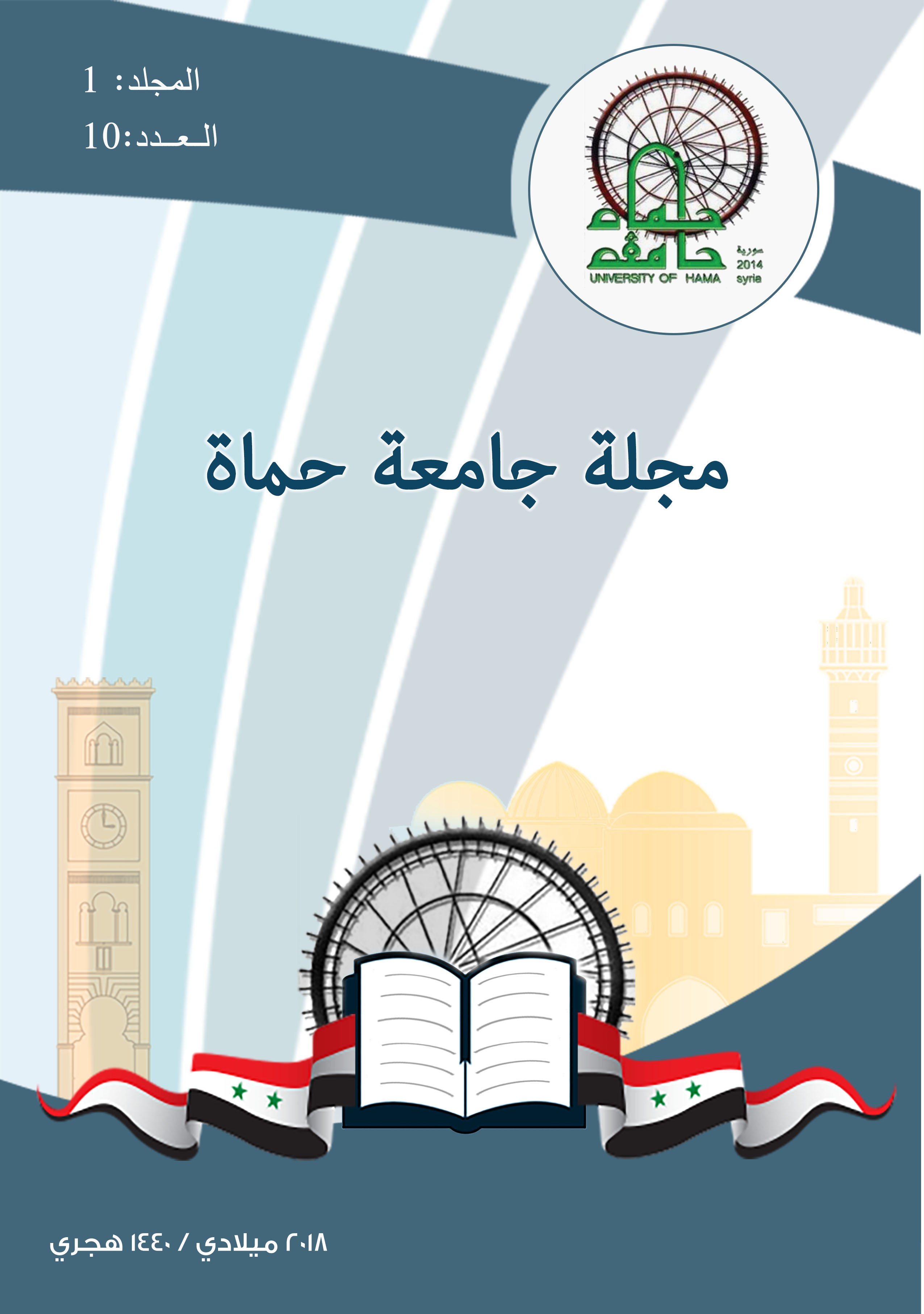Effect of sandblasting and acid etching of nickel chrome alloy by using two different acids on bonding with resin cement (In-vitro study)
الملخص
A strong bonding between a resin cement and metal achieved through application of a simple effective technique is still a priority. Several methods have been developed in order to improve this bonding. This research aimed to study the resin cement bonding strength to Nickel-Chrome alloy after surface treatment with acid etching by Aqua-regia or (H2SO4+HCl) with or without sandblasting 32 pairs of metal plates made of nickel-chromium alloy has been designed (one circular and one square). Specimens were divided into two equal main groups according to the etching method (Aqua-regia, or (H2SO4+HCl)). The two main groups were divided into Two equal subgroups (A,B). The plates (1A and 2A) were polished with Rubber point and polishing disc, while (1B and 2B) were sandblasting with 250-μm aluminum oxide. The first group was etched with Aqua-regia at room temperature for 90 min, and the second group was etched with (45wt% H2SO4 and 15wt% HCl) at 70°C for 10 min. All plates has been bonded by using chemical resin cement, shear bond strength tests was applied upon the bonded plates until they were separated. Data (MPa) was analyzed using T-s tests at (α=0.05) significance level. Mean shear bond strength and standard deviation for groups and subgroups respectively was: 1A: 1.95 ± 0.76 MPa, 1B: 3.51 ± 1.11 MPa, 2A: 0.72 ± 0.73 MPa, 2B: 6.88 ± 2.55 Mpa. The mean bond strengths in sandblasted samples with acide etching were significantly higher than in polished ones with acide etching (P <0.05) whatever of the type of acid solution used.
The treatment of the metal surface with Sandblasting followed by acid etching using (H2SO4+HCl) increases bond strength with resin cement, and effect of acid on polished surface is much lower than its effect on the sandblasted one.


